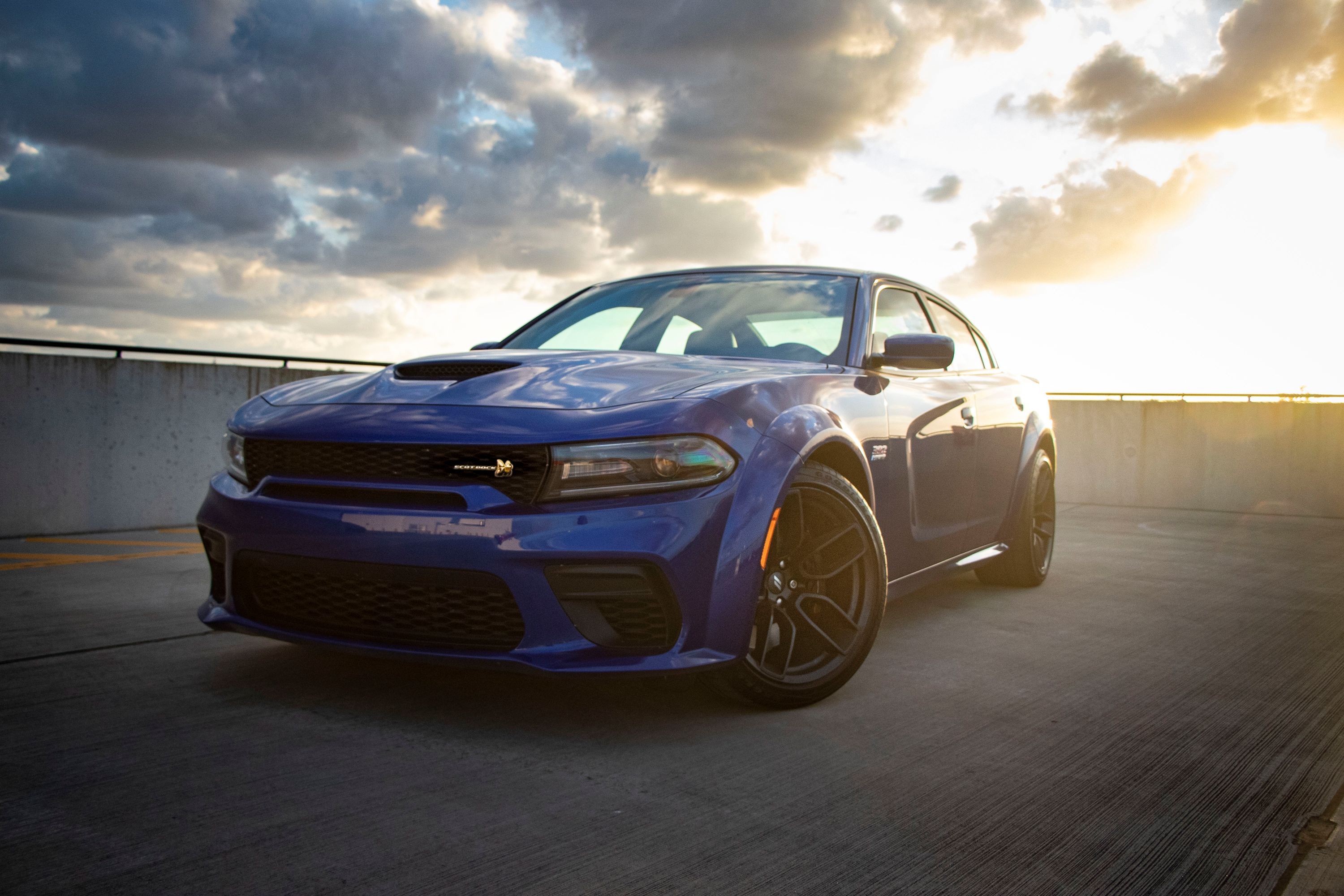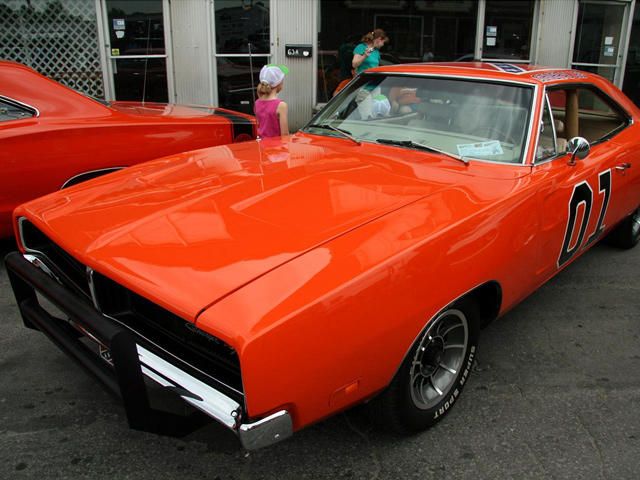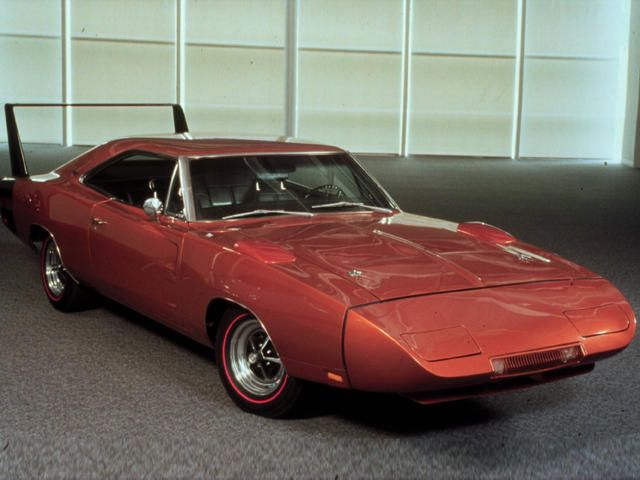
Dodge's Charger nameplate is one with a complicated history, but the important period to concentrate on for the purposes of discussing the classic muscle car is the 1966-1978 B-body Charger, and really the '66-'74 body style to further refine it. Chrysler, and Dodge in particular was slow to react when compared to Chevrolet and Ford to the changes in the performance vehicle market during the Sixties, but it has to be said that once they did finally catch on, the cars they produced were very much competitive.
Plymouth had actually done a fairly decent job of keeping up with competition in the early days of the pony/muscle car, thanks to the 1964 debut of the Barracuda. This wasn't the game-changer that the Mustang was, but it kept Plymouth in the game at a time when other manufacturers had nothing to offer at all in the area of specialty cars. Dodge was one of these unfortunate brands, and by 1965 their dealers were getting increasingly annoyed by how much their sales were suffering, even at the hands of another Chrysler brand. So Dodge was given the green light to produce a performance model.
However, it had to be sufficiently different from the Barracuda, and a concept version of the Charger would debut later that year. The Charger debuted in January of 1966 and instantly gave the Dodge brand a huge boost in terms of its performance image. Dodge was able to go from taking complaints from dealers to having something for their showrooms so quickly because the Charger was essentially just a fastback version of the Dodge Coronet. Unlike many of the other specialty cars of the era, there was no six-cylinder option for the Charger at first, although there would be one later.
Dodge offered no less than seven different V8 engine configurations for the Charger between 1966 and 1967. The base engine was the 318cu-in V8 with a two-barrel carburetor. Introduced in mid-1966 was the 426 Hemi V8. This was essentially a street version of Dodge's NASCAR engine, and it was the most powerful ever offered for the B-body Charger. The engine produced 425 horsepower, which was a terrific number for 1966 (not bad these days either), but it was quite expensive and Dodge would end up building just 468 Chargers with 426 Hemi engines in 1966.
As an alternative to the 426 for those unwilling to spend the extra, Dodge began offering the 440 Magnum engine in 1967. This produced 375 hp and is far more common. Sales in '66 and '67 weren't spectacular, quite possibly because the car was rushed to market and wasn't sufficiently different enough from the Coronet. So 1968 saw a redesign, as well as the introduction of the R/T performance package. This is where the Charger really came into its own, and sales for '68 were more than six times what they had been only the year before.
The R/T was offered only with Chargers which had either the 440 or the 426 engines under the hood, but Dodge still managed to sell 17,000 of these in '68. This might seem low when compared to such sales giants as the Chevelle SS, but it should be remembered that the Charger R/T was a much more expensive car. Dodge had been racing the Charger in NASCAR since its introduction, and in 1966 homologation rules meant that it was the first American production car to be offered with an optional spoiler. These same rules would lead to some pretty extreme versions of the Charger eventually being produced.
With the introduction of the new body style in 1968, Dodge stepped up its NASCAR game and developed the Charger 500, a trim based on the R/T but with the aim of homologation for racing purposes. Dodge built 500 of these, but only sold 392, due to their enormous price tag. For those opting to have the 426 Hemi installed in their 500, the price would crest $4,400. For the sake of comparison, a V8 pony car of the era would run you around $2,500. The 500 would then evolve into the Daytona, an "aero car" closely related to the better-known Plymouth Superbird.
There were few design changes for 1970, but this is the year which saw the introduction of Chrysler's "High Impact" paint color options, which greatly added to the outrageousness, and therefore the appeal of the car. These included such favorites as Top Banana, Panther Pink, Burnt Orange and Go Mango. Buyers loved them, although they weren't a hit with everyone, and the particularly outrageous shade of purple known as Plum Crazy was sometimes jokingly referred to as "Statutory Grape" by those who found the color obnoxious. In 1971, The Super Bee package became available for the Charger.
However, it was the only year that it was offered, and also the last year of the 426 Hemi. Like all muscle cars, the Charger began to decline thereafter, and the nameplate was switched to a Cordoba-based fastback model in 1975. The '75-'78 Charger was once again a V8-only model, but the performance aspect was pretty much gone by this point. Thankfully, what with the muscle car revival, we have a new Charger. The sedan body of this new car might mean that the Coronet nameplate might have been a more historically accurate name for the car, but you do have to admit, Charger really is the better name.


